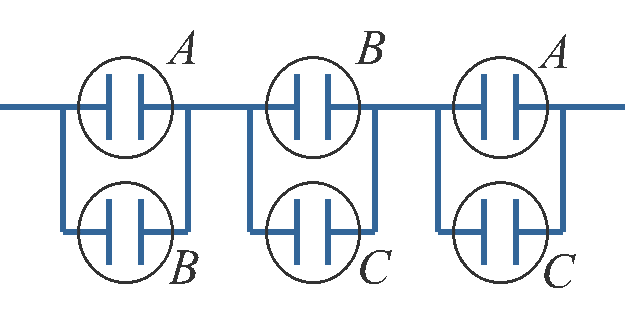While I’m certain that all of you have all of the strengths and limitations of the different voting arrangements tatooed in your memory, I know that you also have to explain these strengths and limitations to others. For instance, a manager might be insisting that 2oo2 voting is superior to 2oo3 voting, because it has a lower cost and lower spurious trip rate, but does he know that the probability of failure is twice as high as using a single device? In order to save you some time, I’ve put together a paper the compares the different voting arrangements, providing a logical and physical description of how these systems behave, an explanation of the failure modes of SIS, comparison of performance with respect to safety and nuisance trip avoidance, and guilelines for when each type of arrangement should be considered.
Download the paper by clicking the link below…

